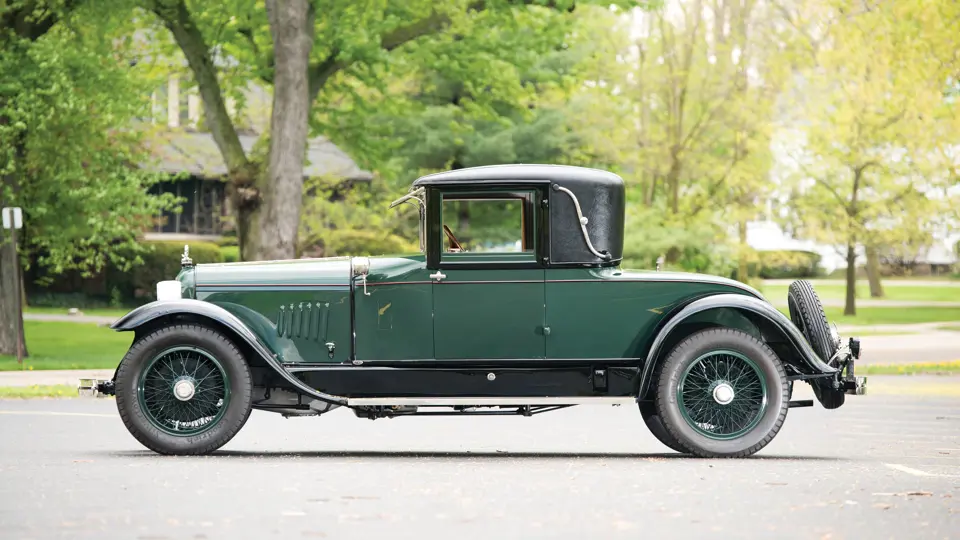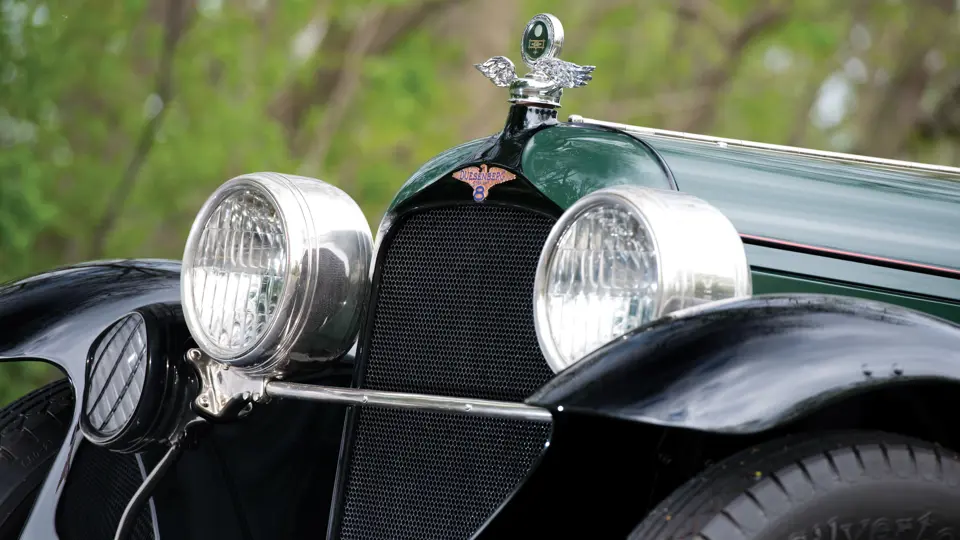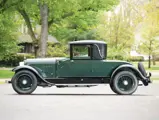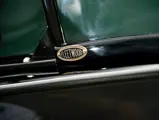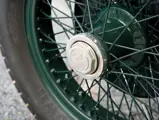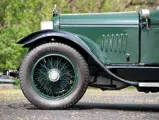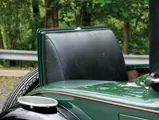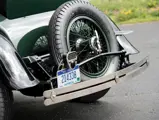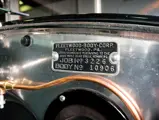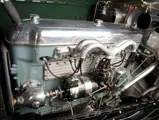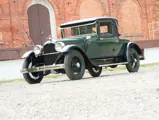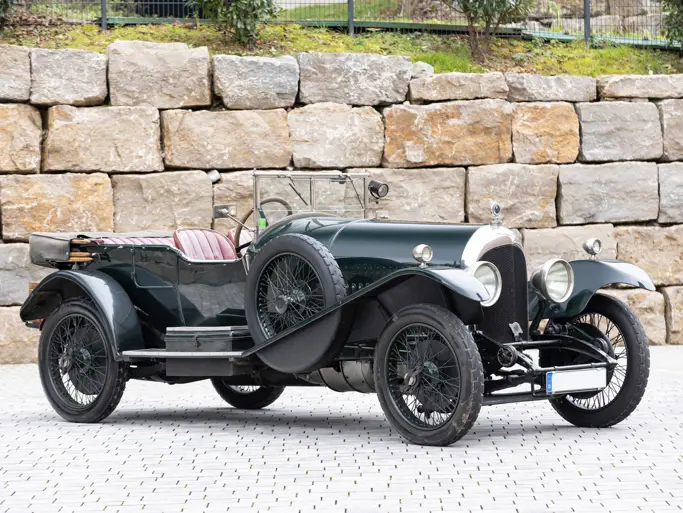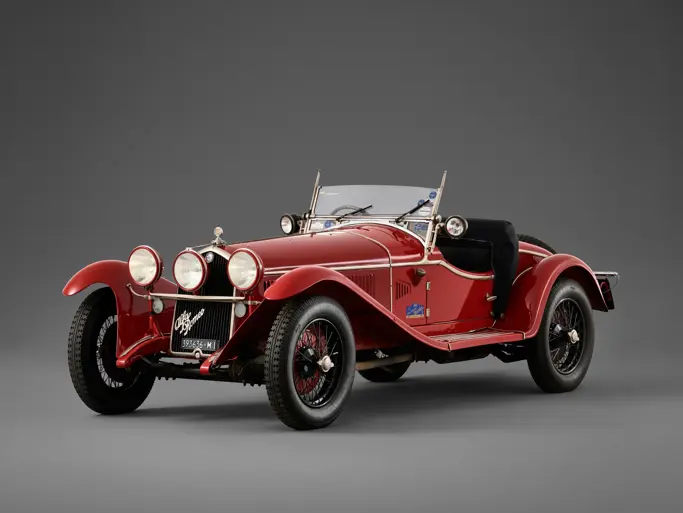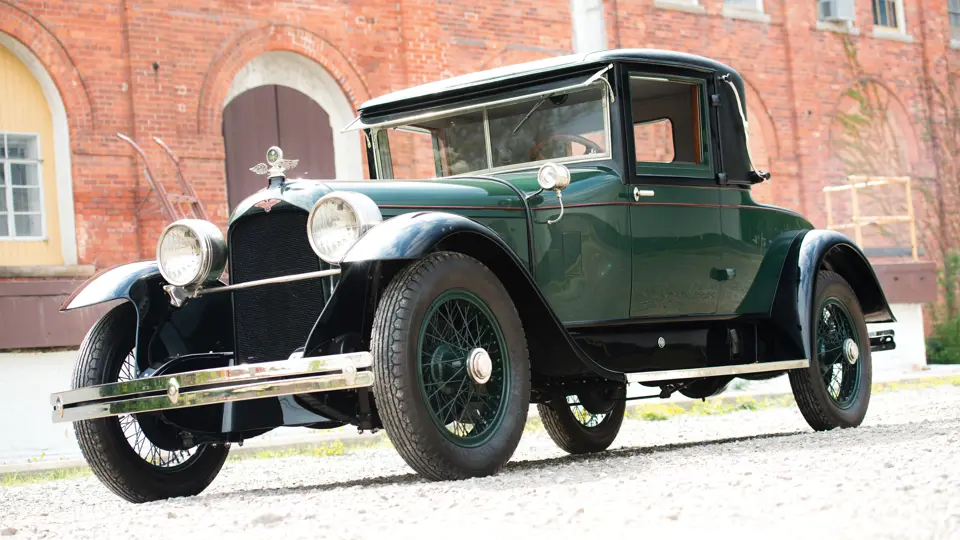
1922 Duesenberg Model A Doctor's Coupe by Fleetwood
{{lr.item.text}}
$250,000 - $325,000 USD | Not Sold
From the Richard and Linda Kughn Collection
{{bidding.lot.reserveStatusFormatted}}
- From the collection of Richard and Linda Kughn
- Known history since new; the only survivor with this coachwork
- ACD Club Certified Category One
- Fresh concours-quality restoration
88 bhp, 260 cu. in. SOHC inline eight-cylinder engine, three-speed manual transmission, solid front and live rear axles with semi-elliptic leaf springs, and four-wheel hydraulic drum brakes. Wheelbase: 134 in.
The Duesenberg brothers had been involved in other road cars before 1920: most famously, the Mason and Maytag automobiles, where their career had begun, and the Rochester “walking beam” engine, employed in such Jazz Age obscurities as the RoameR and ReVere. It was in November 1920, specifically at the New York salon at the Hotel Commodore, when the men who had birthed numerous successful racing cars finally put their own name on a passenger car of their own design.
The Model A was powered by a straight-eight engine of 260 cubic inches that was developed with a single overhead camshaft actuating two valves per cylinder, which was a result of the Duesenberg’s experience winning at Indianapolis. Producing 88 horsepower, it was mounted on a ladder-style chassis frame of rather conventional design and had a three-speed sliding gear transmission and four-wheel hydraulic brakes. It was the latter that was the Model A’s real innovation: it shared honors with the Rickenbacker and the one-off Colonial as one of the first American automobiles to be so-equipped. The Model A was swift and roadable—as close as any 1920s automobile ever came to being a “driver’s car.”
Between 1921 and 1926, when it was purchased by E.L. Cord, the Duesenberg factory in Indianapolis produced some 500 Model As. The majority were delivered in factory-catalogued body styles by such well-known coachbuilders as the Fleetwood Metal Body Company, located in the Pennsylvania town of the same name. Fleetwood’s name is today synonymous with Cadillac, on which the coachbuilder worked nearly exclusively after 1930. In earlier years, however, the company was noted for exquisitely tasteful, understated designs on a wide variety of luxury chassis, and they built some of the most elegant creations seen on Model A Duesenbergs.
The Doctor’s Coupe offered here is one of about 60 extant Model A Duesenbergs, one of only a handful with Fleetwood coachwork, and the only known survivor in this well-proportioned and sporty yet functional body style. Befitting its name, it was, originally, a literal doctor’s coupe, as it was owned by a Pennsylvania physician, Dr. C.E. Beals.
The car passed from Dr. Beals to a relative, Fred McGarvey, in 1931. McGarvey was one of the longest-term owners of any Duesenberg, possessing the treasured Model A until his passing in 1975. During 44 years of loving conservatorship, he maintained the car in essentially original and perfect mechanical condition, and in these days before “trailer queens,” he regularly drove it to East Coast meets of the Auburn Cord Duesenberg Club and to other events.
Harrah’s Automobile Collection acquired the car from the McGarvey Estate in 1975 and subsequently performed a minor cosmetic restoration. The Duesenberg was displayed at Harrah’s for 11 years, during which time it received its ACD Club Category One Certification and appeared in Fred Roe’s Duesenberg: The Pursuit of Perfection. Following time as part of collections in Pennsylvania and Germany, it was acquired by Jim Kaufmann, of Georgia. Kaufmann passed the car to a friend and active Indiana Region CCCA member, who freshened the Duesenberg slightly and continued to regularly display and enjoy it in its excellent original condition. It was pictured while in his care in Jim Schild’s Fleetwood: The Company & The Coachcraft.
When Mr. and Mrs. Kughn acquired the Duesenberg, they found it to be an excellent basis for a quality restoration. The Kughns’s private shop, Classic Auto Restoration, stripped the body to bare metal and performed a beautiful, accurate refinish in the original colors of dark green with black fenders. Much of the nickel trim was replated, and the interior, which had previously been restored in correct green leather, was freshened as necessary, including a beautiful restored dashboard. The car was mechanically returned to fit operating condition.
Thoroughly detailed throughout, the car has been seldom shown since completion of the restoration, and it continues to present today as the well-finished show car that it is, with all finishes correct, fresh, and beautiful; excellent panel fit throughout; and doors that close like proverbial bank vaults. Yet, it is also still satisfyingly original, with the body having never been removed from the chassis. Quite simply, there was never any need to do so on an automobile that has been loved and cared for, every moment of its 91 years, by men and women who appreciated it.
The only Model A known with this superbly attractive body, and surely one of but a handful with all their original components and known history since new, this ranks among the finest survivors of the car on which the Duesenberg road car legend was born.
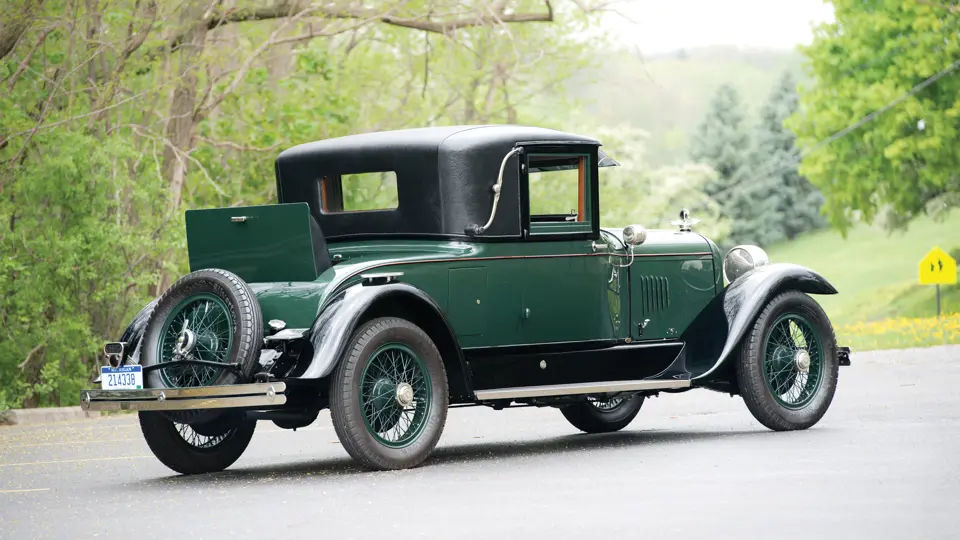
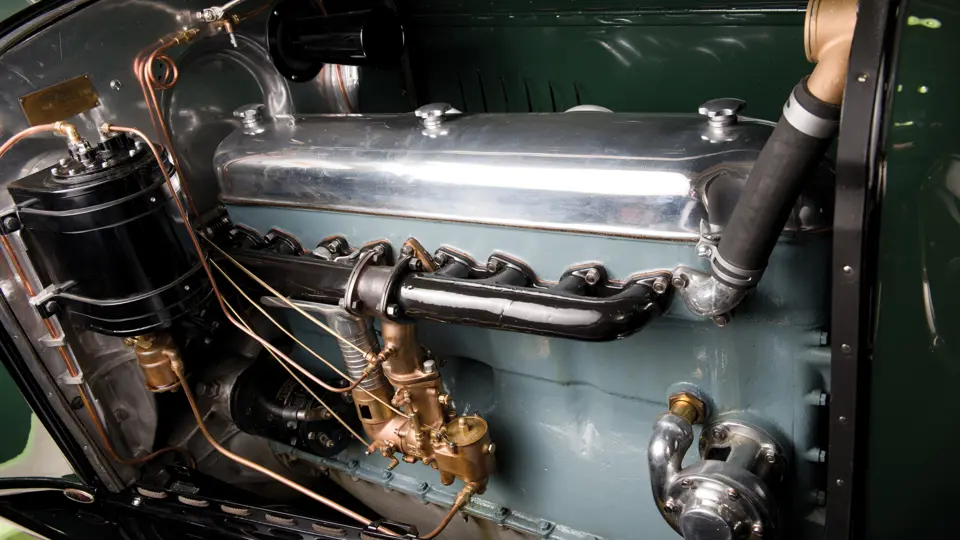


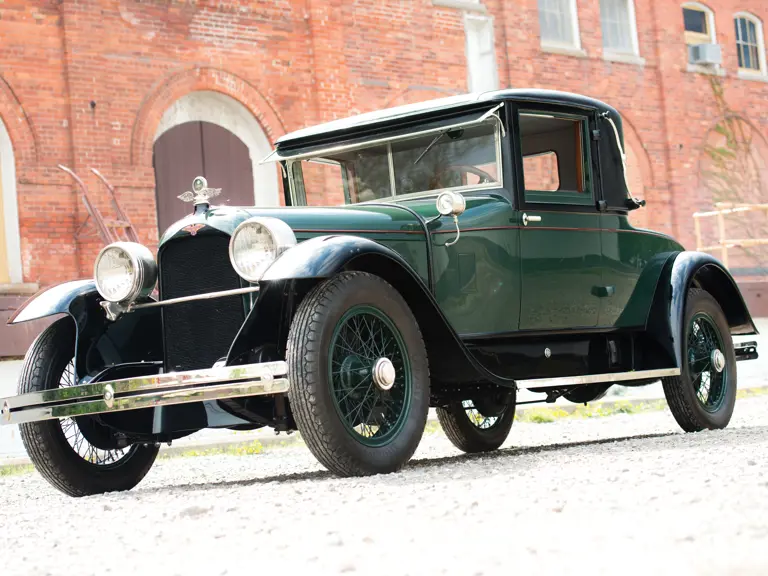


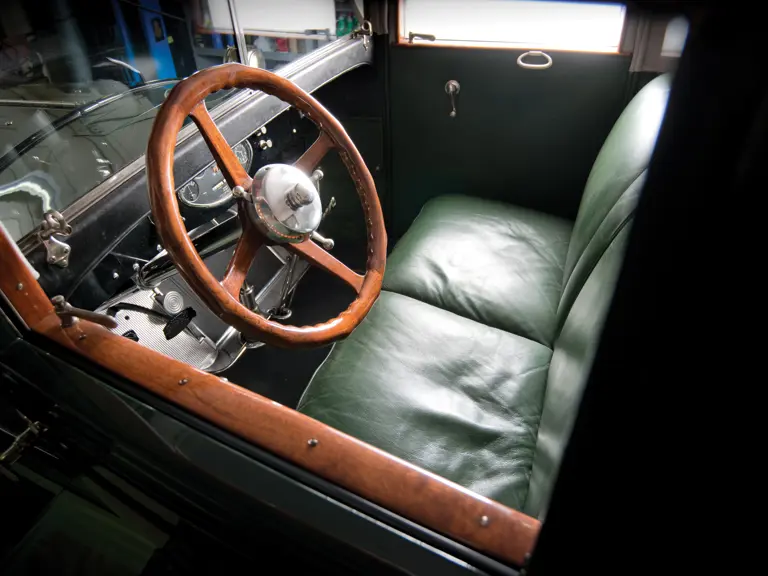

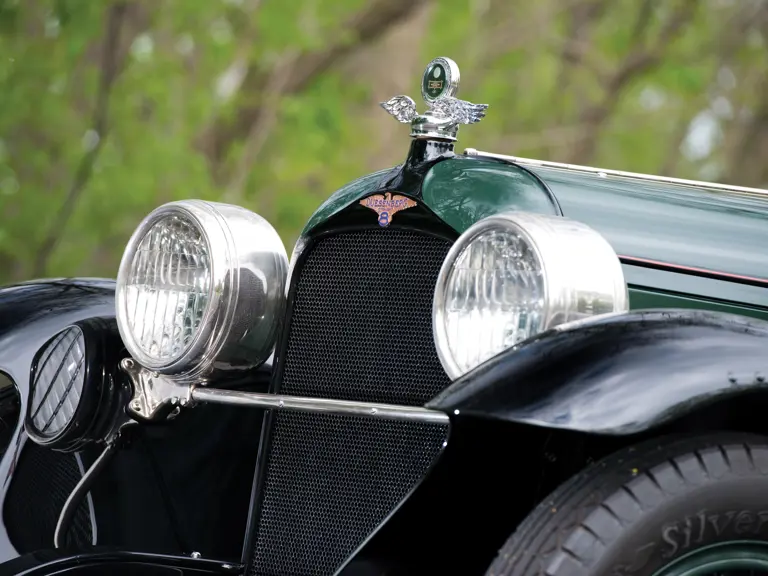
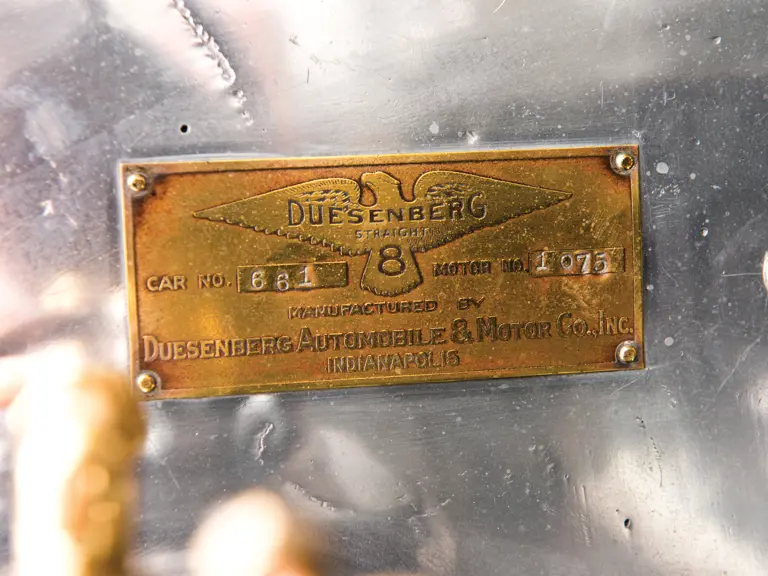
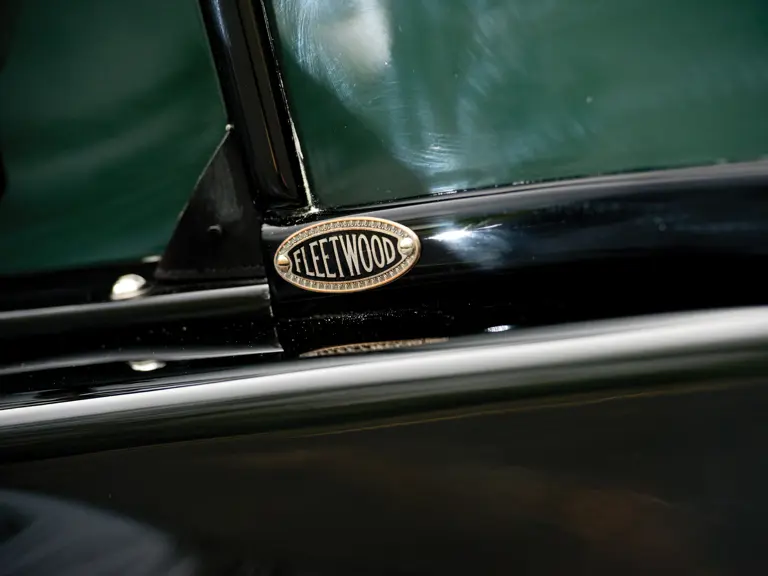
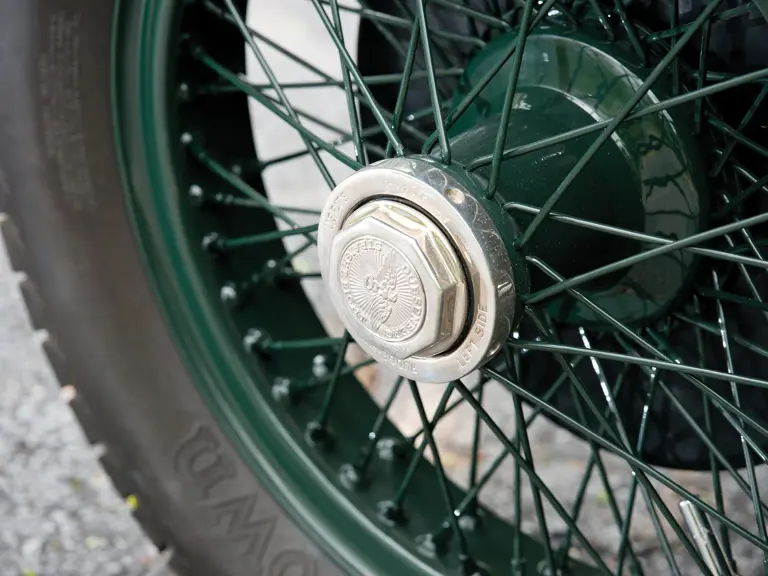
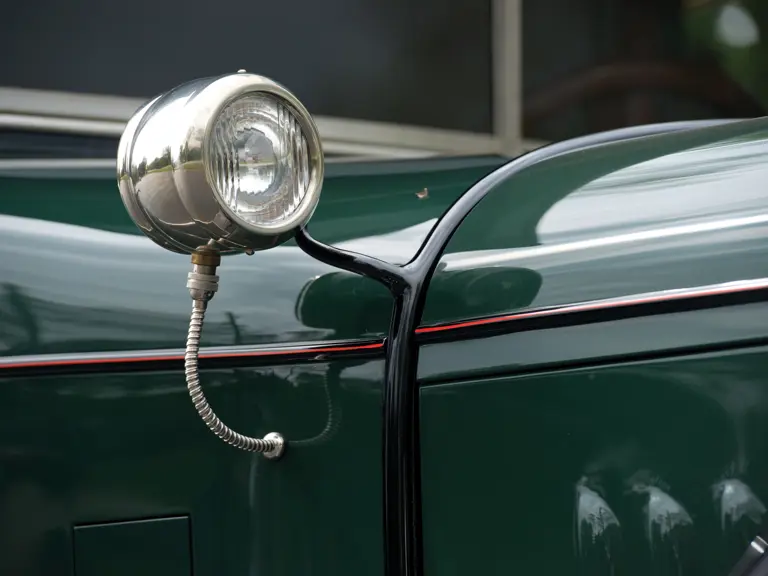
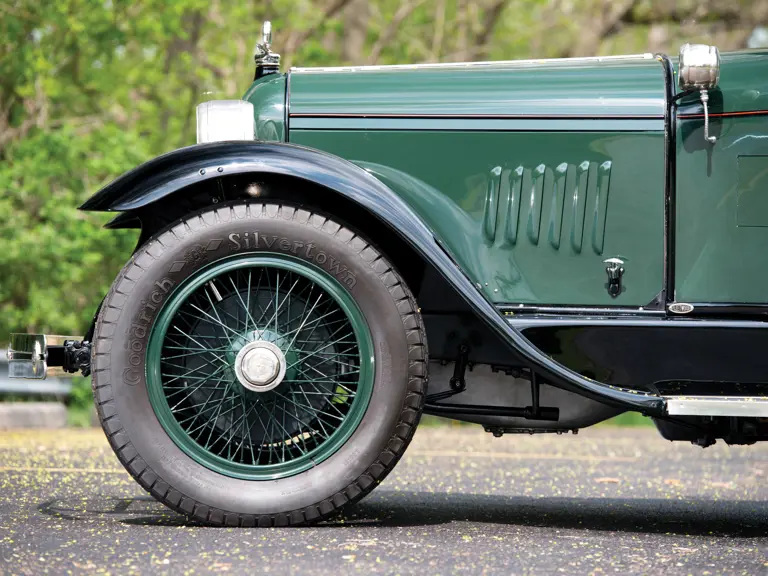

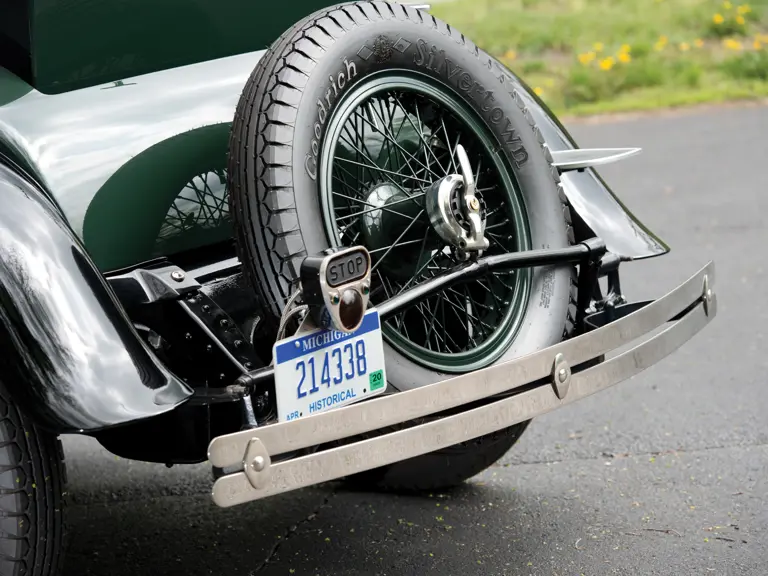
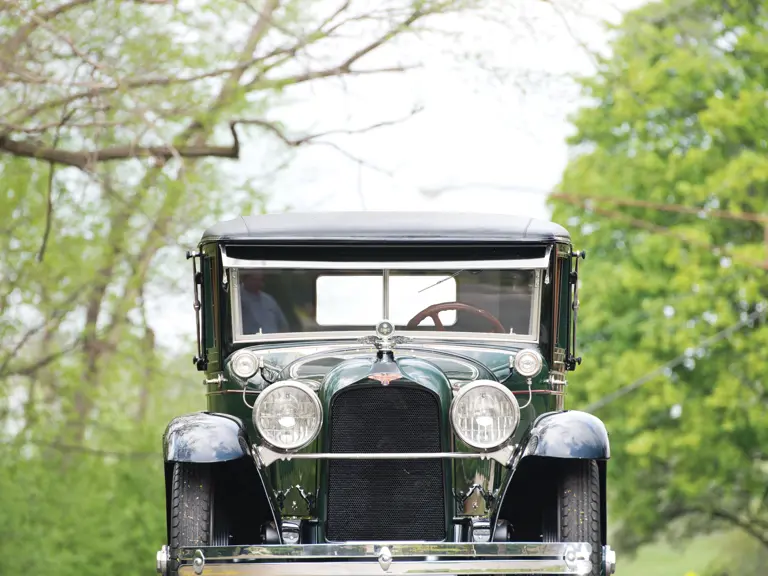


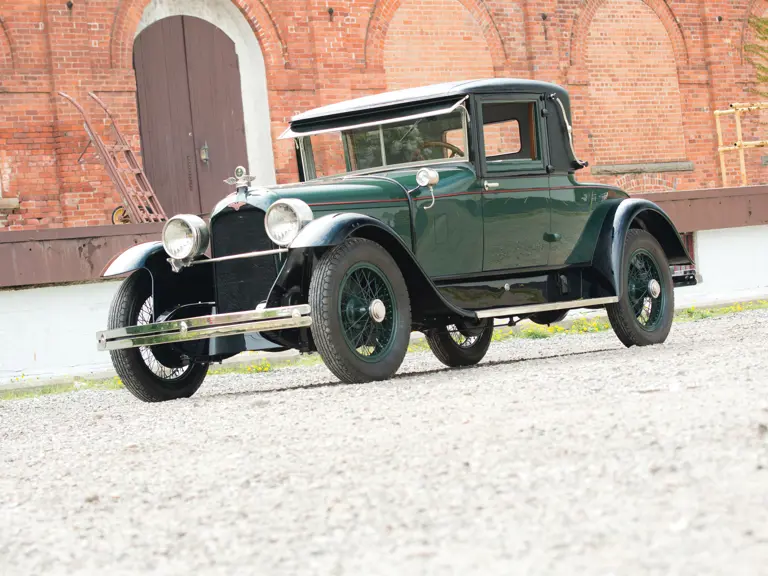
 | Plymouth, Michigan
| Plymouth, Michigan
